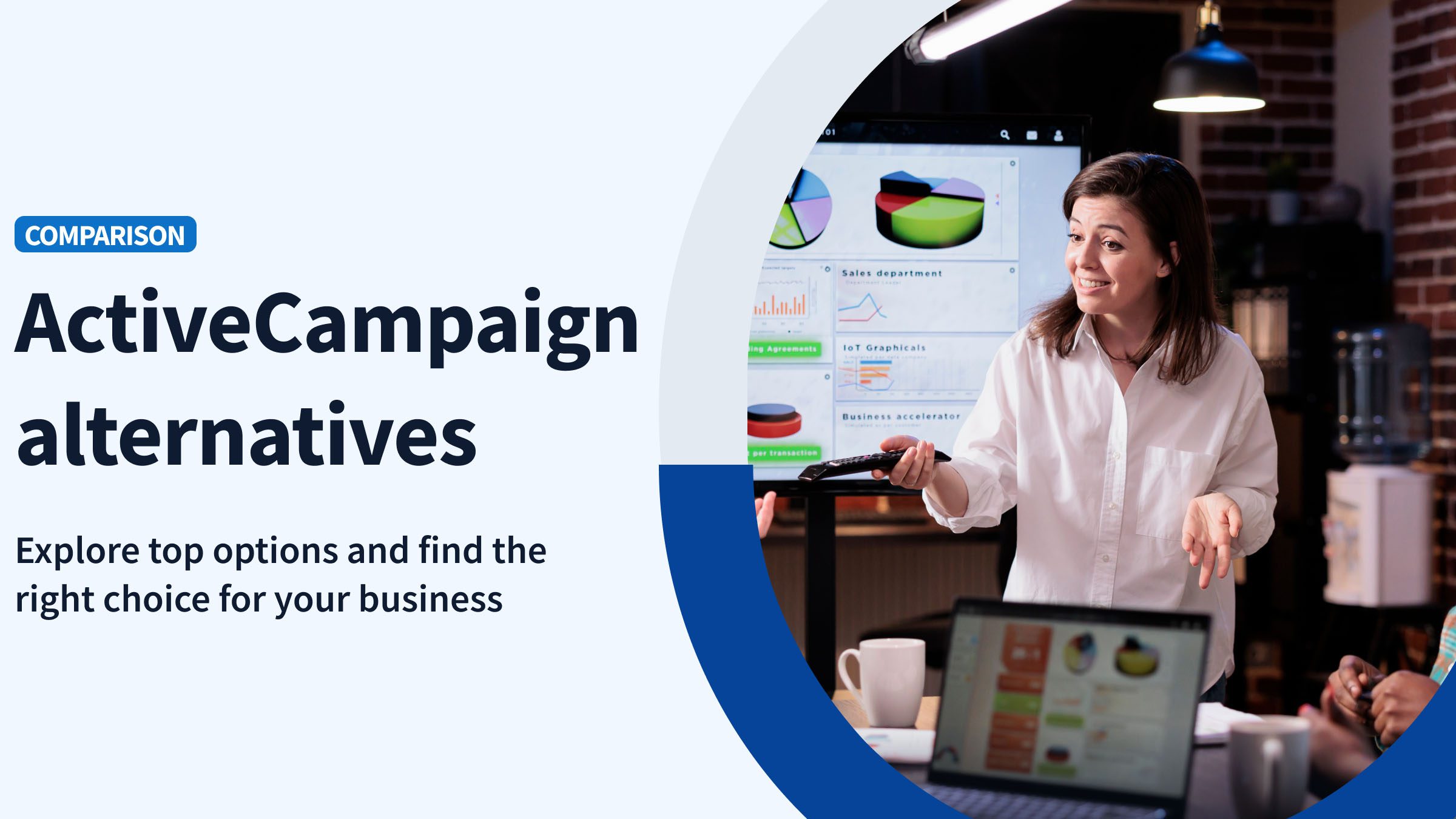Every day thousands of people visit websites looking to purchase products or services — yet many click away without spending a dime. This raises important questions. How can you design your website so it actually turns visitors into paying customers? How can you ensure that your website is conversion-ready?
If you’re not sure how to answer these questions, don’t worry. Here are some key changes you can start making today in order to generate new business tomorrow.
Conversion rate statistics
First, some context. The latest conversion rate data shows that a typical website averages a conversion rate of about 2.35%. If you aren’t hitting this number, there are some things you can do to improve the UX (user experience) on your site and increase conversions. For instance, consider the following statistics:
- A landing page with a video can see an 86% increase in conversions
- Omitting the navigation menu from a landing page can increase conversions by 100%
- Landing pages that don’t request the age of the visitor have higher conversion rates than those that do
- Landing pages that reduce the number of form fields from 11 to 4 can experience up to a 120% increase in conversion rate
Full image CTAs
Humans are inherently visual creatures, so what typically grabs them on a website is what they can see. When designing your call-to-actions (CTAs), consider using clickable images instead of plain buttons or links in your text. This is a clean and simple strategy for promoting your brand and attracting the attention of your visitors. It’s also a great way to create mobile-friendly CTAs, as a large image is far easier to click on a small screen than a simple button or link.
Sticky navigation
Instead of a static navigation menu that the user can only access by scrolling up, try using sticky navigation that allows the menu to move with the user. One study tested this concept and found that participants who used sticky navigation were able to move around a website 22% faster. In addition, 100% of the individuals who participated in the study preferred sticky navigation. Remember, you want to keep visitors on your site until they convert — so do what you can to make the website navigation experience as easy as possible.
Breadcrumb navigation
If you’ve ever visited a website and clicked on a few links only to find that you had no clue how to get back to the first page, you know how frustrating that can be. Breadcrumb navigation tells your site’s visitors exactly where they are at all times and provides shortcuts to get back to previous sections. This makes it easier for visitors to move around and view different pages or products without getting lost.
Web to lead forms
Interactive web to lead forms are a great tool to engage your visitors and increase conversions. By collecting contact information from visitors who may not yet be ready to purchase, you can start to build relationships and guide these individuals through the sales funnel. Typically, a form will offer something of value to visitors in exchange for their details — for example, access to a downloadable resource or a promise to follow up with them personally.
Well-designed footer section
Many people don’t really think about the footer section when they’re designing their websites. However, a good site makes great use of every single inch of space. The footer is an excellent place to put a sitemap, important links, social media icons, and your contact information. Most users will scroll quickly to the end of a page anyway — so having an informative footer menu will allow them to find what they’re looking for quickly and easily.
Site search button
This is a great user-friendly feature that allows individuals to search your entire site in one step. By entering a question or keyword on any of your pages, they can easily locate the information they need. For best results, a search button should be placed in the top or side navigation menu where it is clearly visible. If you’re looking to quickly increase the UX of your website, this one’s a winner.
Highly visible contact info
It may seem like common sense, but many companies’ websites fail miserably in this area. It’s incredibly important to place your contact information where your visitors can actually find it. Having a “Contact Us” page is a good start, but including a phone number or chat button in your site header or footer is also a smart move. If your visitors have questions about your offerings, you want them to be able to get in touch with you without having to hunt around. Otherwise, you risk them getting frustrated and moving on.
High-quality content
The rationale for publishing high-quality content on your site comes not only from a visitor experience perspective but also from a search engine optimization perspective. Gone are the days of keyword-stuffed fluff pieces and abysmally-written web pages that offer little or no value. Instead, Google gives higher rankings to sites that contain high-value, readable content. By making sure your product pages, blog posts, and other content assets are well-written and up-to-date, you’ll increase your chances of being exposed to more people who want what you’re selling.
Video
Adding video to your website has the potential to increase your conversions substantially. Customer testimonials, reviews, how-to videos, and other types of video content can all work very well. This is because videos allow users to access the information they need in brief, digestible bites. Just remember to keep your videos short: three minutes is pretty good, but anything over five minutes is usually pushing it.
Social media buttons
Including social media buttons (which link to your company’s social media profiles) on your site keeps people connected to your company, which can ultimately increase your conversions in the long run. By encouraging visitors to engage with you on social media, you’re creating an environment in which they can be exposed to your products and services on a regular basis. Your followers will also stay in the loop about special promotions or new releases, which may encourage them to take the plunge and make a purchase.
Conversion tracking
As you optimize your website for better conversion, setting up conversion tracking is a must. Keeping tabs on which features and pages are bringing in the most business lets you know what’s working and what isn’t. You can then take these insights and use them to improve your site’s conversion rate even more.
Conclusion
No matter what you sell or where you sell it, your company website should not be an afterthought. Instead, every element should be designed to encourage conversion.
Take some time to thoroughly assess your site and see what changes you can make to improve the user experience. Then, continue to revisit and refresh your site design regularly. Your website is one of your most important marketing assets — so treat it well.
Image credit Antoni Shkraba via Pexels






